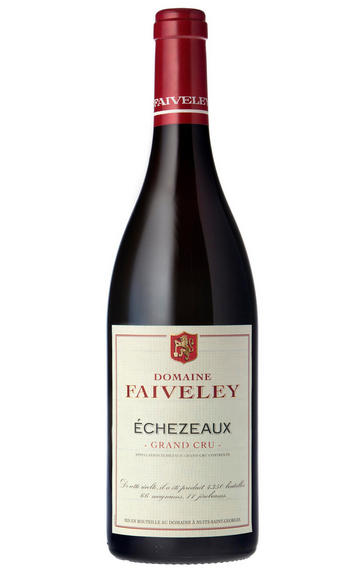
2013 Echezeaux, Grand Cru, Domaine Faiveley, Burgundy
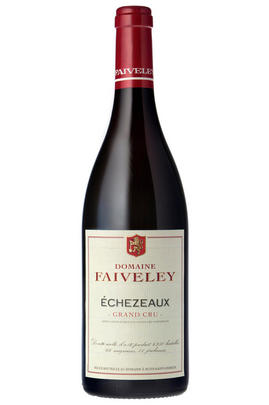
About this WINE
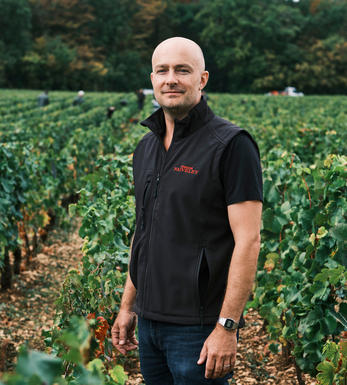
Domaine Joseph Faiveley
Domaine Faiveley is one of the biggest domaines (115ha) in Burgundy and, many would argue, one of the best.
This illustrious company has been based in Nuits St Georges since the days of Pierre Faiveley who founded the business in 1825. His son Joseph gave his name to the family business, to be followed by the first François, Georges who was instrumental in founding the Chevaliers du Tastevin, Guy who developed the business in the Côte Chalonnaise, François who has recently retired and now his son Erwan, born in 1979.
The change of generation, enhanced by the arrival of Bernard Hervet as Managing Director, is clear warning of the intention to dynamise the business. Already there has been a notable expansion of vineyards under Faiveley’s control – purchase of Domaine Annick Parent (Pommard, Volnay and Monthélie), Domaine Monnot (various Puligny-Montrachet vineyards including grands crus Bienvenues-Bâtard-Montrachet and Bâtard-Montrachet) and the contract to farm the vineyards of Domaine Matrot-Wittersheim in Meursault and Blagny. Between them, these initiatives greatly expand Faiveley’s presence in the Côte de Beaune, thus also increasing the proportion of white wines in what they have to offer. It is too early for me to have formed a clear idea of the Faiveley white wine style.
There are several separate viticultural teams to cover the ground, ensuring that all the vineyards are ploughed, the vines are pruned short and debudded meticulously. The grapes are entirely destemmed and fermented in new wooden vats for the finer wines, conical stainless steel tanks for the lesser cuvées. There is less emphasis on extraction than in François Faiveley’s time, though the juice will still be punched down during fermentation. The most obvious change though is in the barrel cellar where the previous supplier has been dropped and replaced with Francois Frères, Taransaud and three other coopers. Both premier and grand cru wines may receive two-thirds new wood. Old style Faiveley wines could be massively tannic at the expense of the fruit. From 2007 the wines are much fresher and fruitier, yet still with real intensity.
Many of Faiveley's top wines are hand bottled with no filtration. This in turn results in clean, opulent wines that often show Pinot Noir at its best. Their concentration and richness are rarely equalled.
Jasper Morris MW, Burgundy Wine Director and author of the award-winning Inside Burgundy comprehensive handbook.
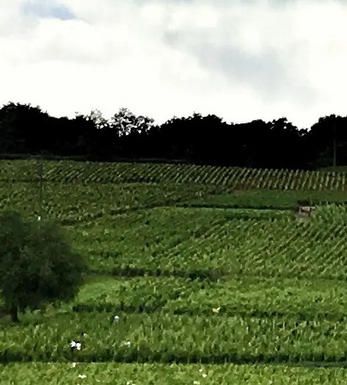
Échezeaux
Located in the commune of Flagey-Échezeaux, just south of the village of Vosne-Romanée in the Côte de Nuits, Échezeaux is a grand cru vineyard, producing some of the finest red wines in the world.
The terroir is varied, with different climats having diverse soil compositions and microclimates. The soils comprise limestone, clay, and gravel, contributing to the wines’ complexity and character. The variations in terroir result in wines with distinct nuances and expressions.
The wines are exclusively made from Pinot Noir grapes and are known for their depth, richness, and complexity, often exhibiting aromas of red and dark fruits, spices, earth, and floral notes. These can age gracefully for many years, developing more intricate flavors and textures with time.
Many esteemed and well-known wine producers have vineyard holdings in Échezeaux, contributing to the region’s reputation. Some of the most prestigious producers craft exceptional wines from this grand cru vineyard. Due to its Grand Cru status, however, the wines can be relatively rare with the combination of high demand and limited availability, making them highly sought-after amongst collectors.
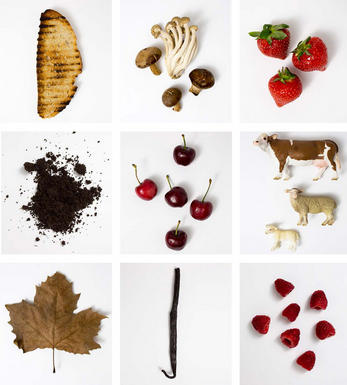
Pinot Noir
Pinot Noir is probably the most frustrating, and at times infuriating, wine grape in the world. However when it is successful, it can produce some of the most sublime wines known to man. This thin-skinned grape which grows in small, tight bunches performs well on well-drained, deepish limestone based subsoils as are found on Burgundy's Côte d'Or.
Pinot Noir is more susceptible than other varieties to over cropping - concentration and varietal character disappear rapidly if yields are excessive and yields as little as 25hl/ha are the norm for some climats of the Côte d`Or.
Because of the thinness of the skins, Pinot Noir wines are lighter in colour, body and tannins. However the best wines have grip, complexity and an intensity of fruit seldom found in wine from other grapes. Young Pinot Noir can smell almost sweet, redolent with freshly crushed raspberries, cherries and redcurrants. When mature, the best wines develop a sensuous, silky mouth feel with the fruit flavours deepening and gamey "sous-bois" nuances emerging.
The best examples are still found in Burgundy, although Pinot Noir`s key role in Champagne should not be forgotten. It is grown throughout the world with notable success in the Carneros and Russian River Valley districts of California, and the Martinborough and Central Otago regions of New Zealand.


Buying options
Add to wishlist
Description
From the En Orveaux sector this is a paler colour than many, quite discreet. Very floral, not a blockbuster, elegant and subtly nuanced. The desired laciness is there, in red fruit notes, with little delicate mineral threads throughout.
Jasper Morris, MW - Wine Buyer
Faiveley use three picking teams. Two started in the white wine vineyards on 28th September and were finished in four days. Then it was all hands to the red grapes. In general the harvest came in healthily, the hard work all year round in the vineyards paying dividends. We were once again very impressed.
wine at a glance
Delivery and quality guarantee